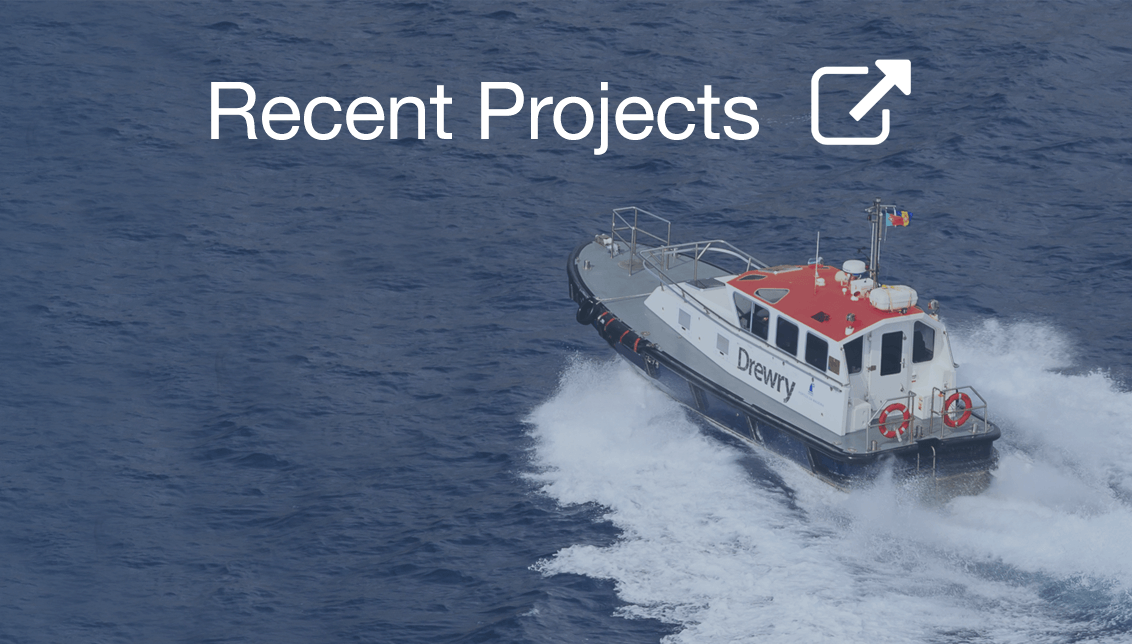Browse Products by Sector
Container ShippingContainer Equipment Assets
Ports and Terminals
Dry Bulk Shipping
Tanker Shipping
Gas Shipping
Specialised Shipping
Multimodal Transport
Logistics Management
Ship Operations and Management
Other popular areas
Browse subscriptions by Sector
Container ShippingPorts and Terminals
Dry Bulk Shipping
LPG Shipping
LNG Shipping
Crude Tanker Shipping
Product Tanker Shipping
Financial Advisory
Valuations
Drewry Financial Research Services Ltd is authorised by the UK Financial Conduct Authority (FCA).
Our Experience
Optimisation of container shipping network
Client: Global exporter of chemical compound salt
Client Background
The customer is a large global chemical group, whose chemical compound salt business unit produces and exports over 1 million tonnes of products. The customer exports using container shipping, dry bulk and multipurpose shipping for bagged and loose product.
Client Situation
- The company’s business unit experiences chronic container shipping problems from its largest plant, with insufficient container availability, irregular vessel scheduling and weather delays for the feeder services on which it relies for exports.
- The company is dependent on low ocean freight rates to be competitive in certain overseas markets. The customer consolidates container volumes with other business units of the group to negotiate contracts with ocean carriers.
Client Objectives
- Find reductions in container shipping costs for the business unit.
- Minimise problems in container shipping from the largest plant.
- Reduce the risk of delays, assess the viability of using a hub to which product would be shipped from the plant (in bulk or bagged), where product would be containerised and shipped again to the final destination.
- Challenge current shipping contract and cost management practices and make recommendations for improvements.
- Recommend shipping strategy and cost reduction measures.
Drewry Approach
- Drewry benchmarked container shipping and dry bulk shipping freight rates and forwarder fees to see where the company was competitive and where it was not.
- Drewry interviewed its supply chain and shipping teams to asses the nature of the local feeder and port delays and potential solutions.
- Compared the company’s current shipping contract and tender practices against industry best practices and analysed its contractual rate review clauses.
- Compared ERP cost data and contract tariffs and found a lack of coordination between freight procurement and logistics management regarding carrier and port selection.
- Investigated port alternatives and bulk/container hub possibilities, and compared risk, total costs and transit times
Result Achieved
Drewry made eight recommendations for improvements, of which 3 would reduce costs by over US$300,000 a year and 2 would reduce the risk of container shipping delays from the largest plant. Drewry identified the opportunity to switch some exports from the inefficient local feeder port to a neighbouring larger mainline port. We identified a suitable bulk/container terminal hub in Turkey to reduce supply chain risk and the dependence on unreliable container feeders. Drewry made recommendations on and participated in follow-up implementation meetings to improve the company’s cost-to-serve analysis and the monitoring of the company’s substantial "other shipping costs".
© Copyright 2024 | Drewry Shipping Consultants Limited. All Rights Reserved. Website Terms of Use | Privacy Policy



